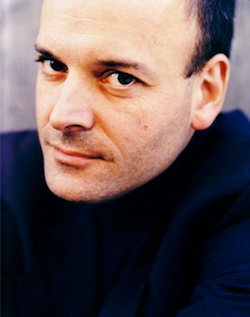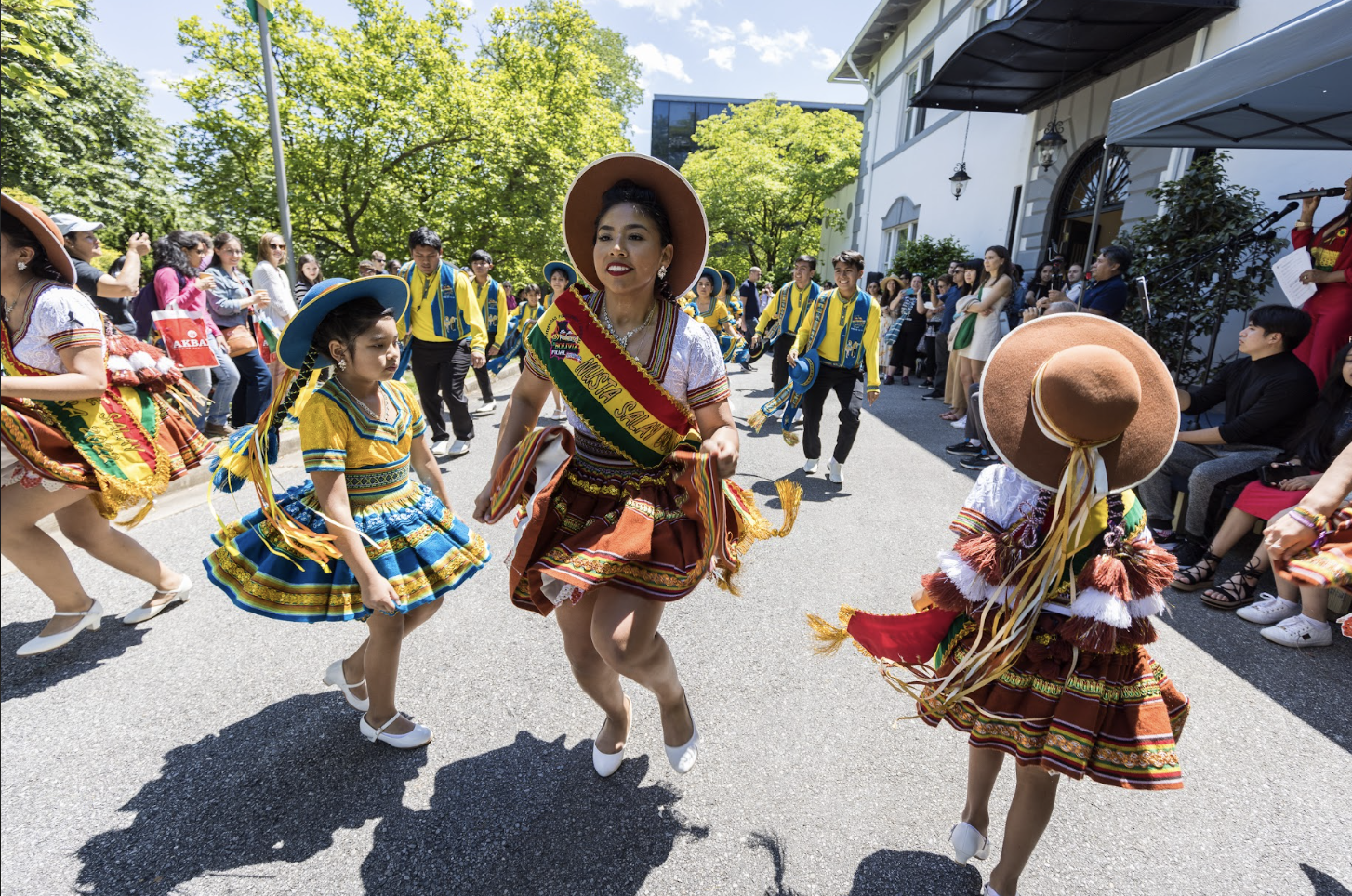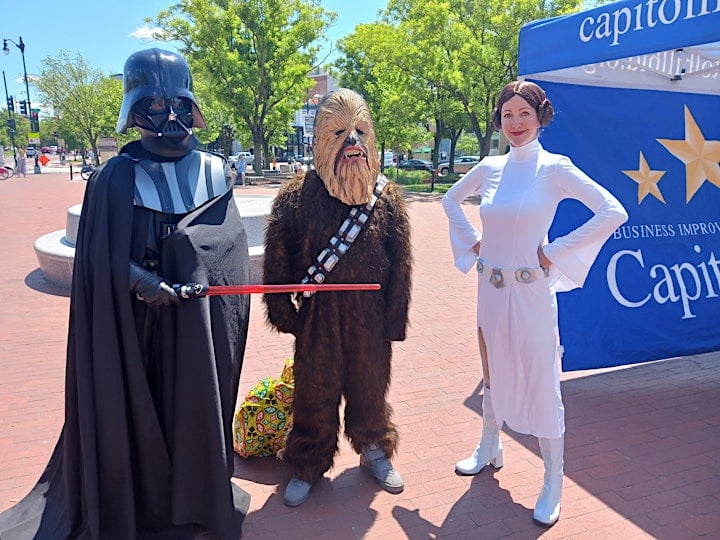
In honor of the 200th anniversary of Franz Liszt’s birthday, which officially falls on Saturday, the Library of Congress is hosting a Franz Liszt Bicentenary Project. Canadian pianist Louis Lortie opened the festival on Wednesday night with a performance of the second and third volumes of Liszt’s autobiographical cycle Années de pèlerinage. The three “years” of the cycle recount various stages of Liszt’s travels through Europe; the lessons of his “apprenticeship” (a loving reference to Goethe’s Wilhelm Meister); and, in particular, the artwork and cultural sites he saw, the literature he read, and the music he heard. That Liszt described himself as being on a “pilgrimage” is not just because he moved about so much, but also that he was, like Dante (who is given a major tribute in the second volume), on what ultimately became a spiritual journey back to God.
Born in Montreal, Lortie is a much-lauded virtuoso, although his performances have alternately thrilled me and left me disappointed. While his concert was one of my picks for the best in the Library of Congress’s current season, my enthusiasm was not as keen as it could have been, because of some mixed feelings about his playing. But this recital reestablished Lortie in my estimation as one of the most gifted colorists at the piano and placed him at the top of my list of the best interpreters of Liszt’s keyboard music. He took Liszt’s often over-the-top romanticism at face value, giving the music its full drama without letting it descend into vulgarity.
Each vignette received its own carefully calibrated soundscape of colors, from the ringing bells and nuptial hymn of the Sposalizio to the obsessive knell-like dotted-rhythm ostinato of Il Penseroso to the Mephistophelian snatches of impish motifs and fiercely virtuosic chaos of the Dante sonata movement. Lortie differentiated many voicings within each texture, creating luxuriantly paced, multilayered portraits of scenes or ideas inspired by the paintings of Raphael or the poetry of Petrarch and Dante. He took a free approach to rubato, stretching the tempo broadly but not in a way that felt affected. Much of the drama was interior: The breezy showmanship of the Rosa canzonetta movement sounded like someone whistling the tune on a carefree stroll, and the veiled thoughts of the Petrarch movements gave glimpses of inward contemplation, revealing an inner glow like a Rembrandt painting.
The third volume was even more interior in orientation, much of it a meditation on the Villa d’Este, the Renaissance palazzo in Tivoli where Liszt spent part of each year late in his life, as well as a spiritual contemplation of his own salvation. It can be troubling, enigmatic music, but not in the hands of Lortie, who imbued the most barren passages—all that unaccompanied Wagnerian recitative—with musical interest, somehow managing to make even Liszt’s ill-advised use of dramatic tremolos seem tasteful. These late works offer classic examples of how Liszt’s late experiments foreshadowed modern stylistic developments: the repeated, almost minimalistic motifs of the Angelus movement, or the misty watercolor sprays of the Jeux d’eaux à la Villa d’Este—harmonically extended, impressionistic patterns that presage Debussy and Ravel.
This concert was the maiden outing for the Coolidge Auditorium’s new Steinway concert grand, donated by Michael S. Strunsky. The instrument is a significant improvement over the warhorse piano heard in this hall for years, although in the post-concert talk, Lortie complained about the squeaky damper pedal and said that the piano “needs to be seasoned.” (Inserted into the concert program was a list of some of the 400 artists who had played this Steinway before it was retired by the company; how much more seasoning could it need?) At the same time, the pianist praised the beauty of the auditorium’s acoustics, inspired by “how sound travels around the room.”
Looking drained by the end of the third volume, after rising with Liszt to a celestial apotheosis of vast orchestral scope, Lortie nevertheless offered an encore, the Gondoliera movement of Liszt’s Supplément to the second year, S.162. It proved to be one of the most daring—and understated—moments of the evening. The only regret was that although he confessed he always prefers to play all three volumes of Années de pèlerinage, totaling four hours of music (all of it recorded on his new two-disc set, from the Chandos label), the Library of Congress—and, according to him, only the Library of Congress—requested just two of the three volumes.
The Liszt concerts continue at the Library of Congress, beginning with a Liszt Liederabend this Saturday, October 22, at 8 PM, by baritone Martin Bruns and fortepianist Christoph Hammer. Concerts are free but require a ticket, which can be obtained in advance through Ticketmaster or by arriving early and waiting on line.

















